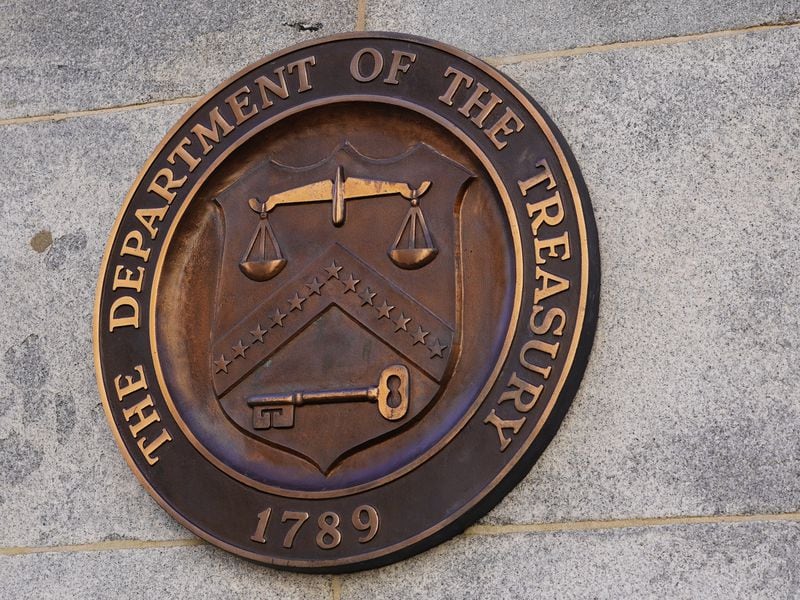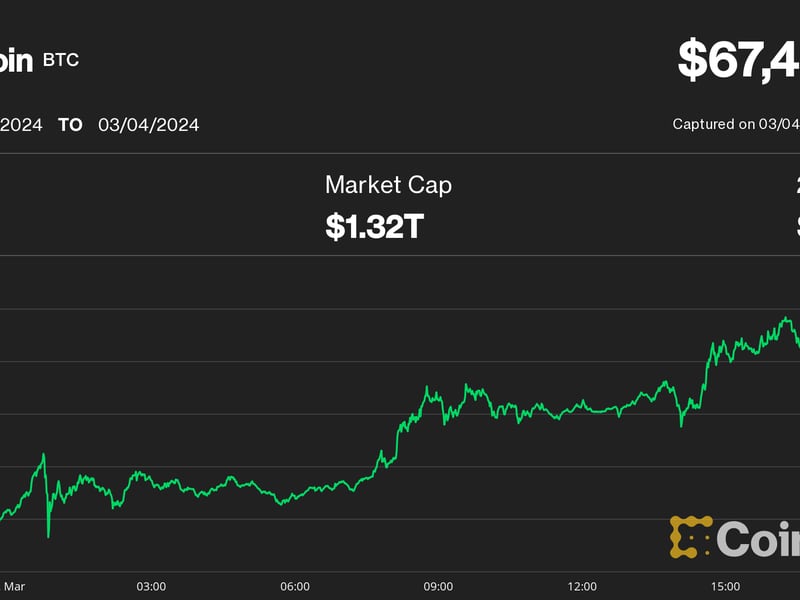Stablecoins Can Provide an Escape From High-Inflation Currencies: Brevan Howard Digital
The market for stablecoins such as tether (USDT) and USD Coin (USDC) is expected to grow to trillions of dollars of supply and hundreds of trillions of dollars in transaction value in coming years as global audiences increasingly access the U.S. currency through these cryptocurrencies, alternative asset manager Brevan Howard Digital said in a report last week.
Stablecoins will “increasingly provide financial services to the global unbanked and underbanked, provide an escape from high-inflation currencies, and ignite an explosion of innovation built upon these new global open-network money movement rails,” wrote co-head of venture investments Peter Johnson and analyst Sai Nimmagadda.
The investment manager notes that payments giant Paypal (PYPL) recently launched its own stablecoin, PayPal USD (PYUSD), a move that “highlights the opportunity in stablecoins” and one that could “upend global financial services.” A stablecoin is a type of cryptocurrency whose value is pegged to another asset, typically the U.S. dollar.
“In 2022, stablecoins settled over $11t on-chain, dwarfing the volumes processed by Paypal ($1.4t), almost surpassing the payment volume of Visa ($11.6t), and reaching 14% of the volume settled by ACH, and over 1% the volume settled by Fedwire,” the authors wrote.
An ACH payment is a type of electronic bank-to-bank transfer used in the United States. Fedwire is the settlement system of central bank money operated by the U.S. Federal Reserve banks.
“It is remarkable that in just a few years, a new global money movement rail can be compared with some of the world’s largest and most important payment systems,” the asset manager said.
Brevan Howard Digital notes that over 25 million blockchain addresses hold over $1 in stablecoins. In terms of a comparison with traditional finance, a U.S. bank with 25 million accounts would rank as the fifth largest by number of accounts. The large number of small-dollar stablecoin holdings also shows the “potential for stablecoins to provide global financial services to customers underserved by traditional financial institutions.”
“Stablecoin usage has shown a low correlation with crypto exchange volumes,” which suggests that significant stablecoin transactions volumes are likely being used for non-speculative purposes, the report said.
Stablecoins have also shown resilience in the recent crypto market downturn, with total market cap only dropping about 24% from its peak, compared with a 57% decline for the total crypto market cap, the note added.
Edited by Sheldon Reback.









